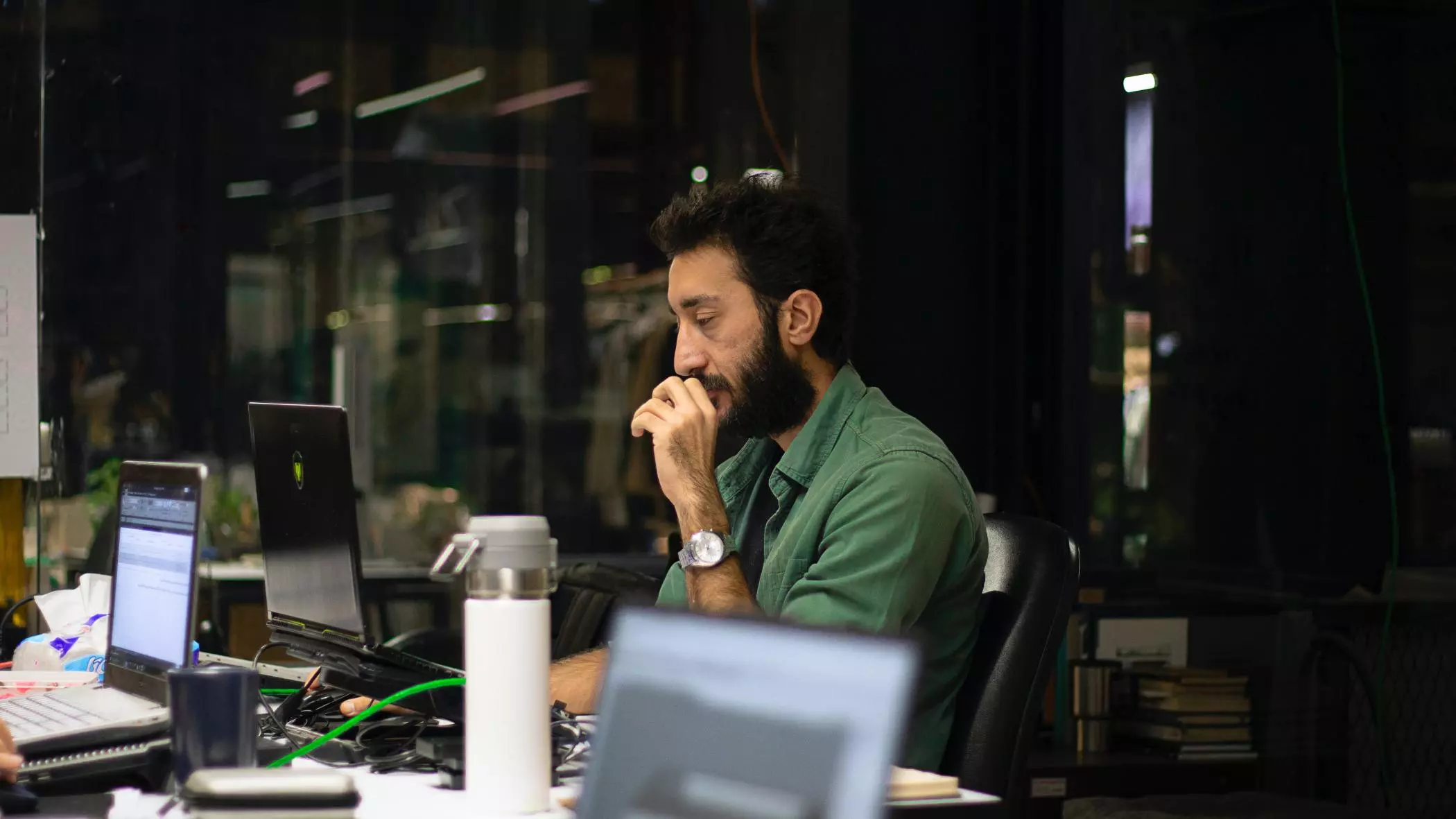Developing economies today face an investment shortfall of historic proportions. Meeting even the most modest development goals will require a huge investment push—equal to about 5 percent of global gross domestic product (GDP) per year. For low-income countries, the financing gap is about 8 percent of GDP annually. It’s a prohibitive price tag that runs into trillions of dollars over the next decade.
Yet even as development needs have ballooned, investment has ebbed. Since the global financial crisis of 2008–09, investment growth in emerging market and developing economies (EMDEs) has slowed to about half the pace of the 2000s (Figure 1). Private investment growth, in particular, has halved: From double-digit rates in the 2000s to less than 7 percent in the 2010s. Foreign direct investment (FDI) inflows, a critical source of capital, technology, and managerial know-how, have also weakened and become concentrated in a handful of economies.

This tension between burgeoning needs and dwindling resources defines the central challenge facing developing economies today. Without a renewed wave of capital formation, EMDEs will not be able to generate lasting growth, create sufficient jobs, and meet even modest development goals.
But new World Bank research shows that an investment miracle is possible. It constitutes our most comprehensive assessment of investment in developing economies, bringing together the evidence and insights needed to help make this a reality.
Our analysis finds that over the last seven decades, 115 investment accelerations—episodes of sustained, rapid investment growth—took place across 59 EMDEs. These episodes raised investment growth from an average of 3 percent to more than 10 percent annually. They doubled per capita GDP growth, quadrupled productivity growth, and fueled a structural shift from agriculture into higher-productivity manufacturing and services. Export growth surged, FDI inflows multiplied, and poverty declined rapidly. In other words, these accelerations transformed economies.
Since the turn of the century, however, such investment accelerations have become rarer. In the 2000s, nearly half of all EMDEs experienced an acceleration; by the 2010s, less than one in four did. The drop reflects less conducive global conditions, including slower trade, volatile commodity prices, and greater financial fragmentation, as well as waning momentum on domestic policy reforms.
The need for higher investment
Why does investment matter so much? First, it is the foundation of long-term growth. In EMDEs, investment has accounted for more than half of potential growth since 2000. Second, it is the engine of job creation. Investment drives labor reallocation from agriculture into more productive sectors, raising both employment rates and job quality. During accelerations, employment growth rises steadily, particularly in manufacturing and services.
Third, investment is necessary for meeting the most basic development needs. More than 600 million people still don’t have access to electricity; one-quarter of the world lacks safe drinking water; and digital infrastructure in many EMDEs remains rudimentary. Bridging these gaps requires sustained investments in infrastructure, climate, energy, education, health, and technology.
Many obstacles to overcome
The case for higher investment is overwhelming, but the obstacles are equally formidable. Domestically, many EMDEs grapple with weak fiscal space, feeble government institutions, shallow financial systems, and high policy uncertainty. During the last two decades, public investment has been sapped by high debt levels and spending cuts in the aftermath of financial and other crises. Private investment has been deterred by policy uncertainty, weak contract enforcement, limited access to finance, and infrastructure bottlenecks.
Across the world, the retreat from trade and financial integration, the proliferation of restrictions on investment flows, and heightened geopolitical tensions have raised risks and reduced opportunities. Fragmentation is closing off channels such as trade, technology transfer, cross-border capital that supported past investment accelerations.
Comprehensive reforms to catalyze investments
History shows that even when global economic times are tough, the right national policy mix can spark an investment miracle. Successful investment accelerations are rarely the result of isolated reforms; they result from comprehensive packages that stabilize the macroeconomy, expand openness, and strengthen institutions. Our research underscores the power of such packages.
Major structural reforms in EMDEs—such as trade and financial integration and product market reforms—individually boost private investment by about 1 to 2 percent cumulatively over three years. When implemented together, the effects of reforms multiply. A combination of reforms that strengthen trade and financial linkages and improve the functioning of product markets increases the probability of a private investment acceleration by more than 10 percentage points (Figure 2).

Similarly, the growth payoff to public investment is about 50 percent higher in countries with ample fiscal space and high investment efficiency. FDI delivers nearly three times the growth boost in countries with strong institutions, better human capital, and greater trade linkages. These complementarities highlight a critical finding: Coordinated reforms can unleash a rising tide of national economic benefits.
The policy priorities for EMDEs that follow from these findings are clear:
- Improve investment climate by reinstituting macroeconomic stability and restoring fiscal space.
- Raise the efficiency of public investment through better project selection, execution, and evaluation.
- Implement structural reforms that reduce policy uncertainty, integrate markets with the global economy, and deepen access to finance.
But domestic policy alone will not be enough for a small developing economy, which is what most EMDEs are. Globally, a renewed commitment to a predictable, rules-based system of trade and investment is also essential. So, too, is scaled-up international financial support, particularly for low-income countries, through concessional finance, guarantees, and technical assistance.
The stakes could not be higher. Without an investment revival, emerging and developing economies risk an extended era of stagnation, slower convergence with advanced countries, and missed development goals. But with it, they can accelerate growth, create jobs, reduce poverty, and build resilience to financial, economic, and climate shocks.
Policy makers around the world have the tools to spark new investment miracles. EMDEs have done it before; they can do it again. By drawing on the lessons of past investment accelerations, implementing comprehensive reform packages, and mobilizing both domestic and global resources, they can meet the enormous challenges of our time.
Source : World Bank





